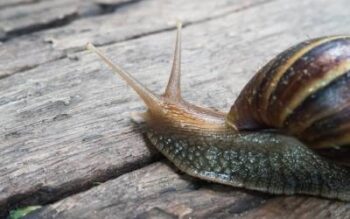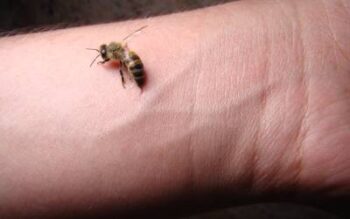Caring for Your Lawn After Hurricane Ian
Hurricane Ian was a historic tropical cyclone – the biggest and most catastrophic to hit Florida since 1935. While Southern Florida can expect between 30-45 inches of rain during the wet season, this Category 5 hurricane dropped nearly a fourth of that total in the span of a few days. It truly is unlike anything anyone has seen in a very long time, and if you live in an affected area, you have a lot you have to take care of after the fact. The effects of this much rain on your lawn might not be at the top of your list of priorities. Nevertheless, we asked our in-house lawn expert to share some insights and guidance on post-hurricane lawn care. Why? Because it’ll give you one less thing to worry about.
What Do I Do After a Hurricane?
It can be overwhelming to think about doing anything with your lawn after an event like Hurricane Ian. You might think you have no idea where to start, but the reality may surprise you. If you spent any time clearing debris off your lawn, you’re already on the right path forward. It might not feel like much, but if you don’t remove this yard debris after the storm it can result in preventable turf damage. There are also a few more simple steps you can take to make sure your turf recovers properly.
Water, Water Everywhere
When we tell you to make sure you water your lawn after a hurricane, it might sound like the punchline to a bad joke. But we actually mean it! Watering manually right now can serve several vital purposes. If your lawn was drenched in saltwater, increasing the amount of clean water you treat your lawn with will prevent damage from excess saline. And if you have an irrigation system in your South Florida home, we also suggest turning it off for a week or two and watering the area yourself to make sure your lawn gets the precise amount of moisture it needs.
When and How to Mow
Even though Hurricane Ian has dissipated, it’s left most lawns across Florida soaking wet. We advise not to mow lawns after the hurricane. If you do, it can damage the landscaping and possibly clog up your mower. It may increase the spread of fungal lawn diseases like Brown Patch Disease, while also creating ruts on saturated soil that’ll hinder the growth of new grass. It’s best to wait until your lawn is dry before you mow it, and once you do you should consider mowing at the height most appropriate for the turf on your property. This could be:
- 3.5″-4″ for Saint Augustine turf
- 2″-3″ for Zoysia turf
It’s important to note that, while it is possible to mow your lawn at a lower height than suggested, doing so may result in weed growth and increased insect activity.
How Bug Out is Treating Hurricane Ian
You might wonder how a pest control company like Bug Out reacts to something as severe as a tropical cyclone in our own backyard. Do we change our services? Do we close up our doors to recoup? The answer is that we plan on doing exactly what we’ve always done for as long as possible. There are issues that will inevitably come up after Hurricane Ian, and we plan on being there to tend to those problems through prompt, caring service. Our lawn professionals can identify and treat all the major weeds and insects while identifying the nutritional needs your lawn needs to return to its former glory. Taking care of your landscaping is going to require patience and flexibility now more than ever. But, if you’re ready to make the call, Bug Out is ready to put in the work.
We take as much pride in your lawn as you do. If you still have questions about how to rebuild after Hurricane Ian, call or message us today and we’ll be happy to answer them.




